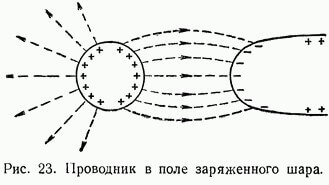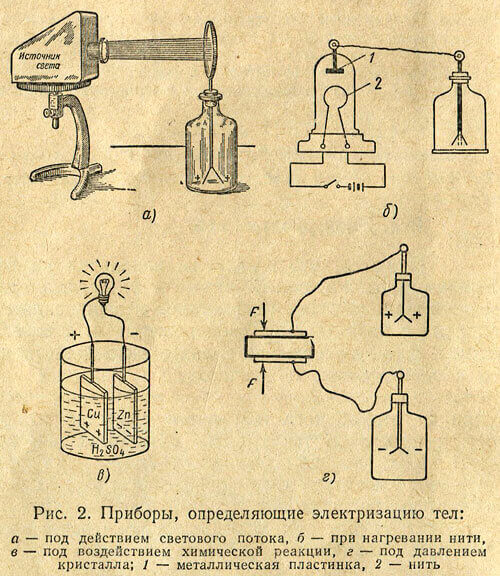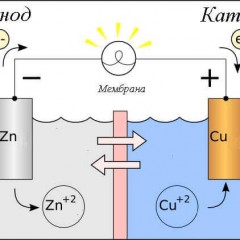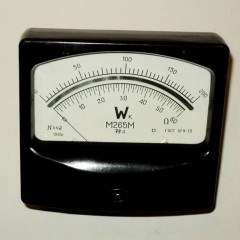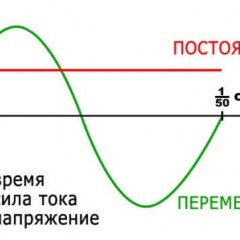What is the electrification of bodies and how does it happen?
Definition
Electrification is the process of separation of electric charges and their accumulation in certain places of objects and bodies. The phenomenon occurs as a result of friction, contact of bodies or as a result of electrostatic induction. In simple words, when an object with an electric field is located nearby.
Recall: In physics, two kinds of charges are distinguished - positive and negative, or protons and electrons. Between them arises electric field. Like charges are attracted, and opposite charges are repelled.
The phenomenon is observed at power sources and not only. Charges accumulate on dielectrics, everyone saw this in experiments illustrating the phenomenon with ebonite and glass rods, which were demonstrated in physics classes at school.
Initially, all atoms, of which everything that surrounds us consists, are electrically neutral. As a result of the phenomenon of electrification, positive or negative charges appear on the surface of objects. Recall school experience: if you rub an ebony stick with a woolen cloth, after the friction stops, the stick will remain charged. Then they say that the body is electrified.
Thus, during friction, electrons transferred from one object to another. As a result, after the friction stopped, the excess electrons remained “not on their” bodies and an excess charge was obtained, and it ceased to be neutral. As a result of friction of the sticks on wool or fur, a negative charge formed on its surface.
Conditions for the occurrence of the phenomenon and methods of charge transfer
We told how this phenomenon is explained in nature, and now let's look at how bodies can be electrified. Just note that the fulfillment of all conditions is optional - electrification can occur for one reason or another, we will divide them into two main groups:
The first is mechanical interaction. With friction, the distance between objects is comparable to the distance between the molecules in it. Since the electrons in one of the bodies are weaker bound to the nucleus, they transfer "break out" to another body. Other methods of electrification are shock and contact.
The second group is electrification by influence, that is, the phenomenon is observed when external forces are applied to the body, among which:
- Electric field.As a result of the action of the field on the conductor, charges appear on its surface, and the smaller the bending radius of the surface, the more charges will accumulate here. So on the tip will be the most charges, we examined this issue in more detail in the articlehttps://my.electricianexp.com/en/kak-raspredelyayutsya-zaryady-v-provodnike-pri-protekanii-toka.html and here https://my.electricianexp.com/en/chto-takoe-provodniki-poluprovodniki-i-dielektriki.html
- Exposure to light. Opened by Professor A.G. Stoletov in 1888, is that when exposed to light on zinc, aluminum, cesium, sodium, lead, potassium and other metals, they lose electrons and become positively charged.
- Heat. When the metal is heated, the electrons are given sufficient energy to leave the metal, as a result, it acquires a positive charge.
- Chemical reaction. In the presence of two electrodes from different metals, redox reactions occur, as a result, one of them becomes positively charged, and the second negatively. We considered this in more detail in the article about anode and cathode.
- Under pressure. In piezoelectrics (quartz, Rochelle salt, ammonium phosphate), during mechanical action (compression or tension), positive and negative charges are formed on the faces.
These are the main types of electrification.
What are the laws of physics related to electrification?
The phenomenon of electrification is associated with such physical laws as:
- Pendant law. Describes the force with which charges interact. Thus, it is possible to determine how strongly electrified bodies are attracted to each other.
- Charge conservation law. It says that the algebraic sum of charges in a closed system is unchanged. This suggests that excess charges on electrified objects do not appear from nowhere, but pass from body to body.
We have already considered these laws, you can find more details in the relevant articles to which we referred.
Practical application
The phenomenon of electrification has both positive and negative manifestations. Examples of positive use:
- The use of electrostatic dust filters for air purification in ventilation systems at work and at home. Especially relevant if a lot of dust occurs during the production process.
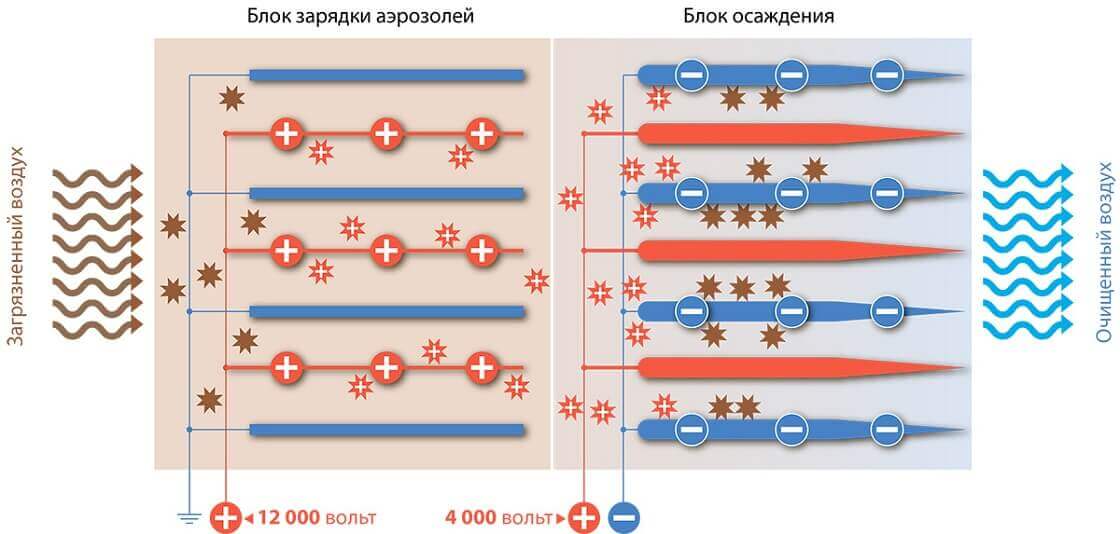
- Painting cars and other metal products. Using electrostatic spray guns, it is possible to charge the paint negatively, the car body is grounded. As a result, paint particles are attracted to the car body parts. The quality of the paint improves, and the paint consumption decreases.
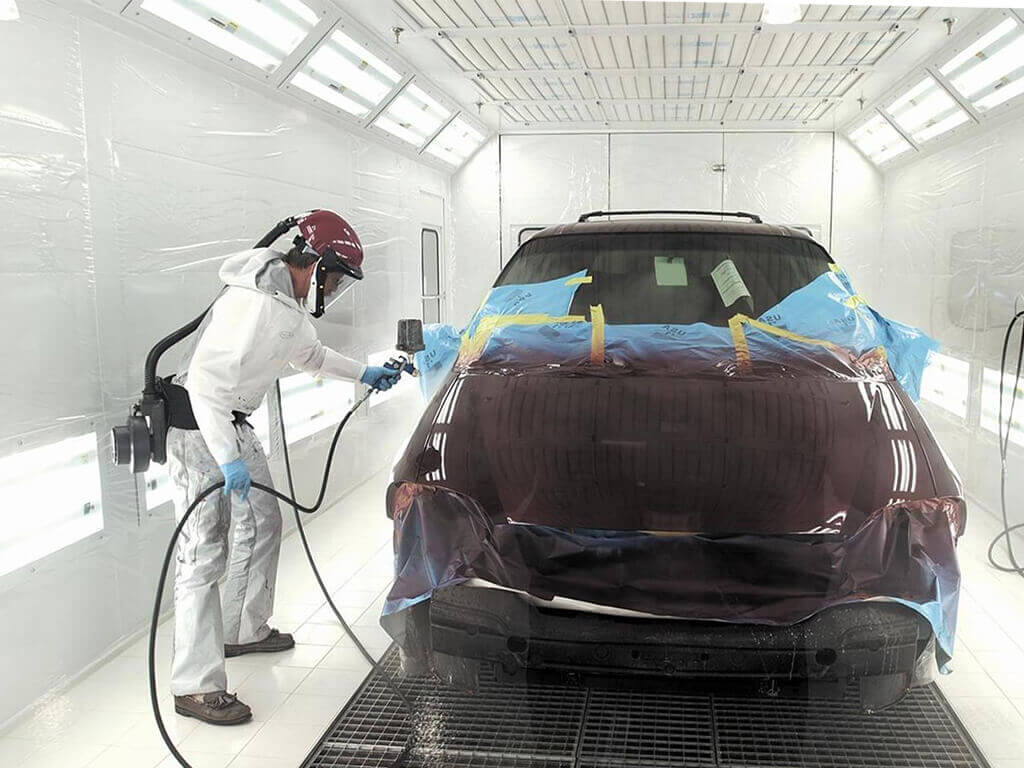
- Electrostatic smoking of meat and fish can significantly speed up the smoking process.
- Creating faux fur or decorative fleecy coatings. Fine pile is passed through the grid, due to interaction with the electric field, the pile falls in an even layer perpendicular to the coated surface, pre-treated with an adhesive composition.
There are also a number of applications for cleaning, sorting, filtering, and also in medicine to speed up treatment.
The negative impact of electrification can lead to fatal consequences:
- The appearance of sparks in contact with charged objects. Such cases include sparks in everyday life that slip when you take off your sweater, when you are shocked when leaving the car. For example, an airplane is electrified in flight and sparks can slip in when a ladder is connected to it, and because of this, ignition is possible, so they first remove the charge from the airplane. Cases of ignition of oil tankers due to electrification are also known.
- The phenomenon leads to the appearance of large electric charges, they can lead to the failure of electronic components in technology, both in the manufacture of equipment and in the process of operation or repair. This occurs as a result of discharging the tool onto the circuit board.Therefore, electronics repairmen must work in grounded electric bracelets and grounded soldering irons and more. In the modern elemental base there are a number of technical solutions to minimize the effect of electrification on their work. For example, installing Zener diodes parallel to the gate-source circuit of field-effect transistors.
Interesting! There is a known case when, when coating printed circuit boards with varnish after installing electronic components, a large rejection was observed, despite the fact that all products were tested before varnishing. The question arose: how to get rid of the problem of electrification? The problem was solved by grounding the spray gun.
To consolidate the material, we also recommend watching useful videos on the topic:
We briefly explained the phenomenon of electrification of bodies and told under what conditions the processes of the appearance of charges on objects occur. Electrification is important in production and it has found many useful applications. Unfortunately, if you do not provide ways to solve the negative manifestations, prevent unnecessary sparks in places with the likelihood of explosions - it will lead to serious problems.
Related materials:


